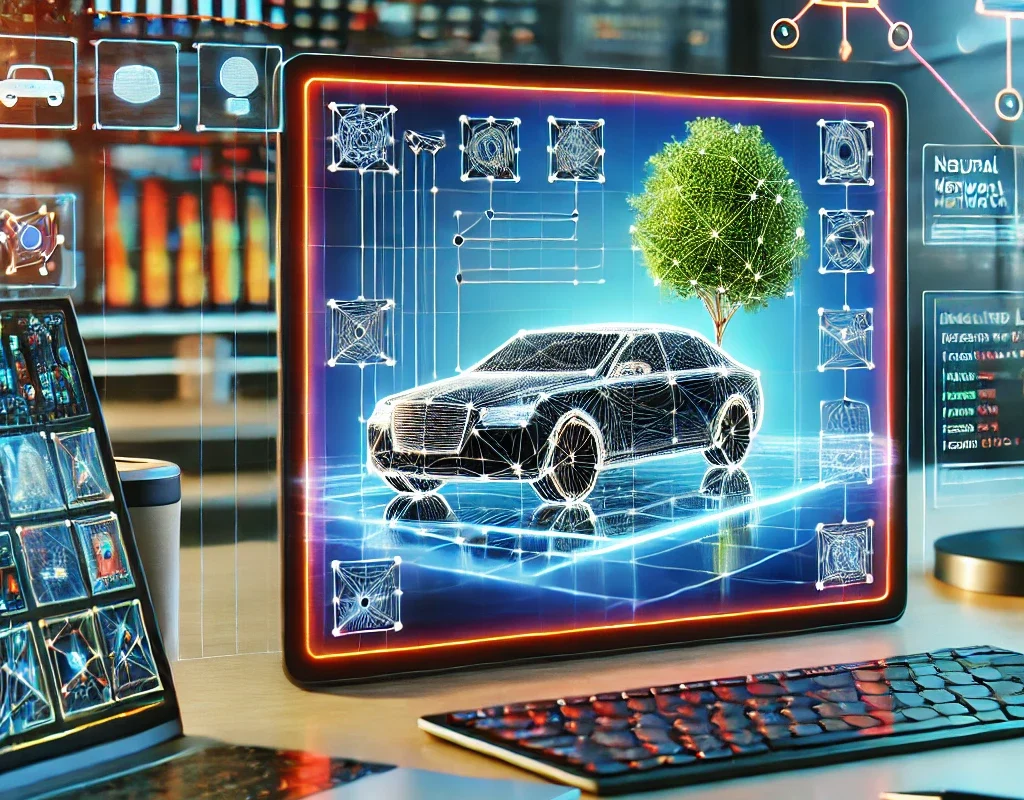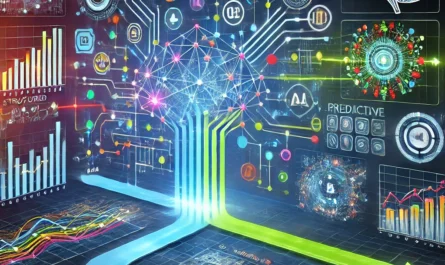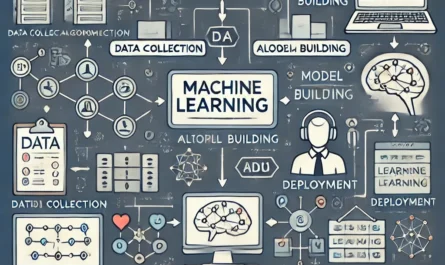Machine learning has transformed image recognition, enabling computers to perform tasks once limited to human vision—identifying objects, people, patterns, and even subtle details in images. Whether you’re building an app for facial recognition, developing medical imaging software, or just exploring the power of artificial intelligence, machine learning can help you tackle image recognition challenges efficiently. But how do you actually use machine learning for image recognition? Let’s explore the journey, from understanding the fundamentals to mastering cutting-edge techniques.
Understanding Image Recognition in Machine Learning
At its core, image recognition is the process of identifying and classifying objects or patterns within images. Machine learning, specifically deep learning models, plays a vital role in this process by enabling computers to learn from vast datasets of labeled images. These algorithms automatically extract features and patterns, allowing for highly accurate predictions.
Image recognition has wide-ranging applications, from identifying objects in photos to recognizing faces, medical scans, and even hand-written text. In the age of automation, this technology is used to enhance customer experiences, improve industrial processes, and contribute to scientific discoveries.
Applications of Image Recognition
Machine learning-based image recognition is everywhere:
- Facial Recognition: From unlocking smartphones to tagging friends in photos, facial recognition is a key application of machine learning.
- Medical Imaging: AI can detect anomalies in X-rays, MRIs, or CT scans, supporting doctors in diagnosing diseases.
- Autonomous Vehicles: Cars use image recognition to detect pedestrians, traffic signs, and other vehicles on the road.
- Retail and E-commerce: AI-driven visual search allows users to upload images and find similar products online.
- Security and Surveillance: Cameras can automatically identify suspicious activities or individuals in real-time.
- Content Moderation: Social media platforms use image recognition to detect inappropriate content and apply filters.
How Does Image Recognition Work?
Image recognition is a multi-step process that typically includes several key stages:
- Data Collection: Gathering large datasets of labeled images for training.
- Preprocessing: Preparing the images by resizing, normalizing, and applying transformations.
- Feature Extraction: Identifying key features in the images that help differentiate between objects.
- Model Training: Using algorithms like Convolutional Neural Networks (CNNs) to train the model to recognize patterns.
- Prediction: Once trained, the model can classify new images by identifying similar patterns.
The accuracy of image recognition systems depends on the quality of the training data and the sophistication of the algorithms used.
Key Algorithms in Image Recognition
Several algorithms have been instrumental in advancing image recognition:
- Convolutional Neural Networks (CNNs): CNNs are the backbone of modern image recognition. They specialize in processing pixel data, using convolution layers to capture spatial hierarchies and patterns.
- Support Vector Machines (SVMs): Though not as commonly used as CNNs in image recognition, SVMs can be effective in binary image classification tasks.
- K-Nearest Neighbors (KNN): This simple algorithm can classify images based on their proximity to the nearest labeled data points, although it’s often outperformed by deep learning techniques.
Supervised vs. Unsupervised Learning for Image Recognition
In image recognition, machine learning models typically fall under two categories:
- Supervised Learning: Models are trained on labeled datasets, where each image is tagged with the correct category. This approach works best when there’s a large, well-labeled dataset available.
- Unsupervised Learning: Models discover patterns in images without labeled data. This method is useful when manually labeling data is impractical or when you’re exploring new datasets.
Supervised learning is often more reliable for image recognition tasks, but unsupervised techniques like clustering and autoencoders can still be valuable for tasks like anomaly detection or data preprocessing.
Image Classification with Machine Learning
Image classification is one of the simplest and most common image recognition tasks. A model learns to assign a label to an image—whether it’s identifying a dog, a car, or a specific person in a photo. By leveraging CNNs, machines can automatically detect intricate details in images that might escape the human eye.
Object Detection vs. Image Recognition
While image recognition identifies objects in images, object detection goes a step further by locating these objects within the image. For instance, in a picture of a street, image recognition might identify cars and pedestrians, while object detection would outline where each car and pedestrian is located.
This ability to localize objects has crucial applications in areas like autonomous driving and robotics, where spatial awareness is vital.
Preparing Data for Image Recognition
Data preparation is a critical first step in building any machine learning model. In image recognition, this involves:
- Collecting Diverse Data: The dataset should include a wide variety of examples for each object class.
- Data Cleaning: Removing noise, irrelevant data, and duplicate images from the dataset.
- Resizing and Normalization: Ensuring all images are the same size and format, and adjusting pixel values to a consistent range.
- Data Augmentation: Applying transformations like rotation, flipping, or zooming to create more training examples and prevent overfitting.
A well-prepared dataset can significantly improve the performance of your image recognition model.
Feature Extraction in Image Recognition
Feature extraction involves identifying the essential characteristics of an image that distinguish it from others. In machine learning for image recognition, features might include edges, textures, shapes, and color gradients. CNNs automate this process, learning to identify these features as part of their training process.
For traditional machine learning algorithms, manual feature extraction might involve using techniques like Scale-Invariant Feature Transform (SIFT) or Histogram of Oriented Gradients (HOG).
You can also read; How to Apply Reinforcement Learning in AI Applications
Convolutional Neural Networks (CNNs) and Image Recognition
CNNs are the gold standard for image recognition. Unlike traditional neural networks, CNNs use convolutional layers to scan images in parts, focusing on local features. This hierarchical approach enables them to learn spatial relationships in the image, which is crucial for tasks like recognizing objects or faces.
A CNN typically consists of:
- Convolution Layers: Extract features from the input image.
- Pooling Layers: Reduce the spatial dimensions to make the network computationally efficient.
- Fully Connected Layers: Classify the extracted features into output categories.
With CNNs, machines can achieve human-like accuracy in tasks like face recognition and object detection.
This section will continue to explore more advanced aspects, including transfer learning, data augmentation, and using frameworks like TensorFlow for image recognition projects. Stay tuned for practical insights and detailed discussions!




